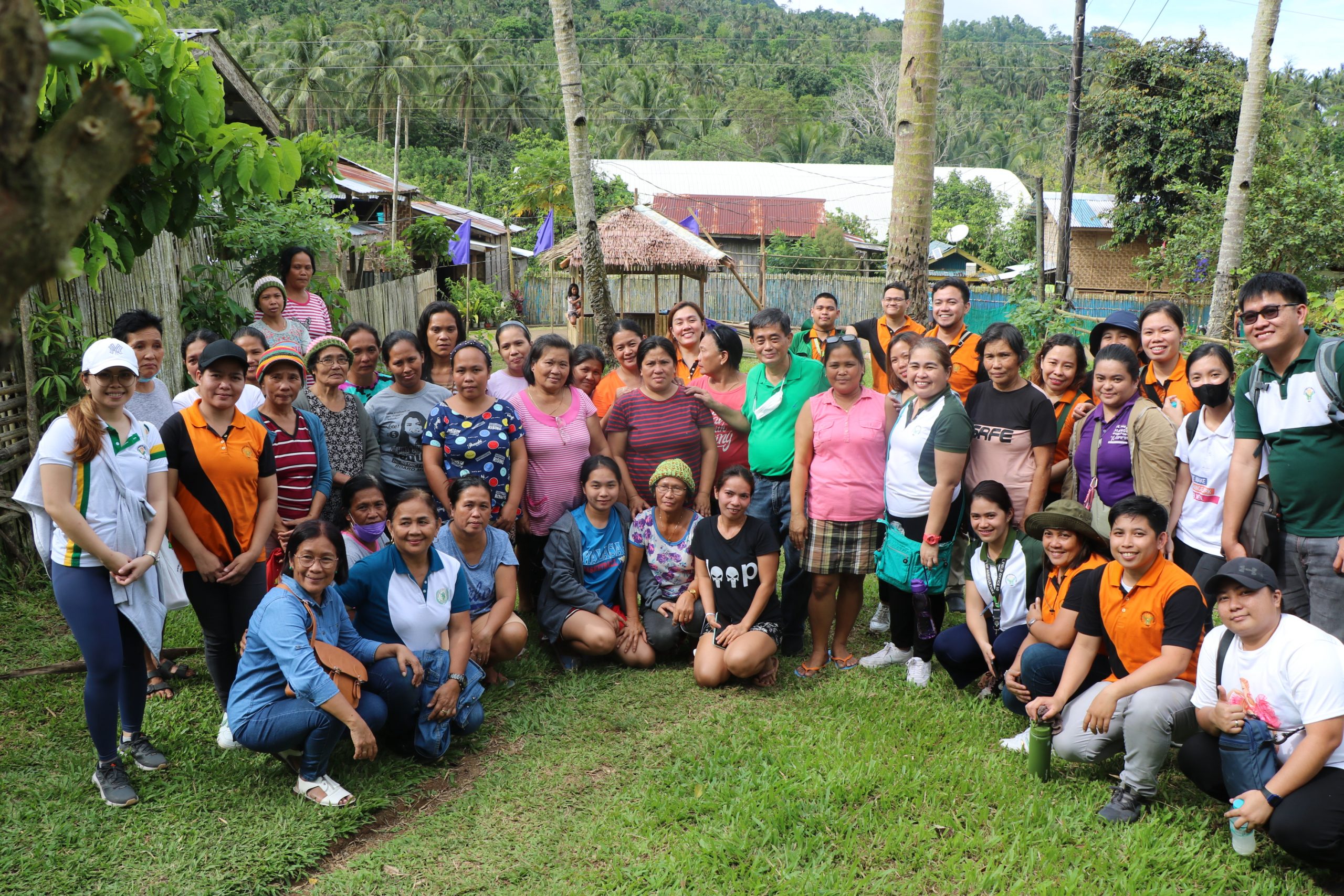QUEZON CITY, April 11, 2023 – Amplifying farmers’ and fishers’ voices in the project design, the Department of Agriculture – Special Area for Agricultural Development (DA-SAAD) Program will conduct the Beneficiary Needs Assessment (BNA) for 2023 – a temporary alternative to the intended Participatory Rural Appraisal (PRA) to learn beneficiaries’ material conditions, perceptions, experiences, and priorities directly.
Aligned with its direction since the extension approval, SAAD takes proactive actions to improve and strengthen its Social Preparation component by mainstreaming planning tools that aim to capture and understand the needs and conditions of the beneficiaries. The program will utilize the BNA and PRA social research approaches to improve interventions by considering the communities’ sense of ownership of the development initiatives brought to them as the primary actors of the project.
Per the released BNA guidelines dated January 24, 2023, “The Beneficiary Needs Assessment (BNA) aims to gather basic data on the target beneficiaries and align present and future plans with these data. The BNA should focus on capturing necessary data related to the beneficiaries’ socio-economic profile. This shall be processed in a report and shall serve as basis for other SAAD-related activities.”
This improvement in the program’s main processes is in line with the current administration’s direction on the Plan for Economic and Social Transformation, where meaningful engagement with various sectors for the delivery of interventions is one of the main takeaways from the pandemic experience of the country (Philippine Development Plan, 2023). As the state continues to paddle against the socioeconomic setbacks of COVID-19, the limitation of resources is of primary concern as all sectors call for revitalization efforts.
Meaningful or purposeful engagement underscores the position of local communities and their crucial role in effective development activities’ implementation. Further, it also adheres to the economic agenda of strengthening social protection by enabling actors and clients of social development a chance to provide their voice and exercise collective agency as well as solicit their perspective in the development projects. SAAD is designed as an area-based scheme to generate employment and improve symptoms of poverty while enhancing the capacity of the clients to gradually diminish their vulnerabilities.
Assessing the receiving end of development projects: first step to effective project implementation
Beneficiary assessment is a social research technique used as a tool for project management, extracting qualitative data that centers on the perception of the persons subjected to the study. Its goal is to understand shared experiences and the collective consciousness of persons, who are the clients of development programs and projects in different organizations.
The World Bank subscribes to Lawrence Salmen’s (1995) definition of beneficiary assessment as a systematic inquiry and consultation into people’s values and behavior concerning a planned or ongoing intervention for social and economic change. The assessment collects understanding, meanings, and values that people attach to certain aspects (economic, health, education, etc.) of their life so that development workers can consider and use this information to enhance people’s ability to lead their development.
Beneficiary assessments are done through personal interviews, group discussions, and sometimes direct and participant behavioral observations. In local dialect, approaches in BNA can be done through the following strategies: pakikipagkwentuhan, pagmamasid, pakapakapa, pakikiramdam, pakikinig, patanong-tanong at pagsubaybay.
SAAD’s BNA process involves methods such as a desk review of the socio-economic and agricultural history and convention of the areas, personal interviews on the experiences of the target farmers and fishers, and a geographic validation of the extracted information as a strategy to design projects that will fit the needs and realize the potential of the communities. The information will then be triangulated (methodology) to ensure that the implementers shall arrive at the most accurate description of the socioeconomic conditions of the target beneficiaries.
The SAAD BNA is a farmer-directed activity required by the program before handing out livelihood projects. Through the manner in which the information is read, the regional implementers can now see the beneficiaries’ perspective of the intervention, be informed of their needs, and assess whether these match and even future-proofs sustainability legroom.
In SAAD, a team of area coordinators (ACs) will handle the BNA where each group of farmers is invited for an interview. In practice, ACs are the direct points of contact between the program and the beneficiaries. They are based in the programmed areas and are in consistent coordination with the local government and the DA regional and provincial field offices. The ACs lead the 3 phases of the BNA activity until the consolidation report. These reports will then be handed to and reviewed by the regional implementers and the national office as a basis for strategic planning and reinforcement projects for the beneficiaries.
The BNA is a pivot from the more extensive PRA tool, a direct-to-farmers and fisherfolk community research approach to identify existing dynamics. The PRA takes longer to conduct which will not match the current workforce capacity and timeline of the program.
Overall, social study and community assessment are geared at improving SAAD projects’ impact on the beneficiaries. The program sees this as a rudimentary requirement and a step into meaningful project implementation to avoid project mismatching, increase community participation, and maximize the economic sustainability of the projects to be given out to identified marginalized communities. ###
Writer: Jessamae Gabon, DA-SAAD Information Officer
Source: Pedro Dumaraos, Jr., PhD
Other Reference:
Salmen, L. F. (n.d.). Beneficiary assessment: an approach described (English). World Bank. https://documents.worldbank.org/en/publication/documents-reports/documentdetail/802501468739312293/beneficiary-assessment-an-approach-described






Comments (0)